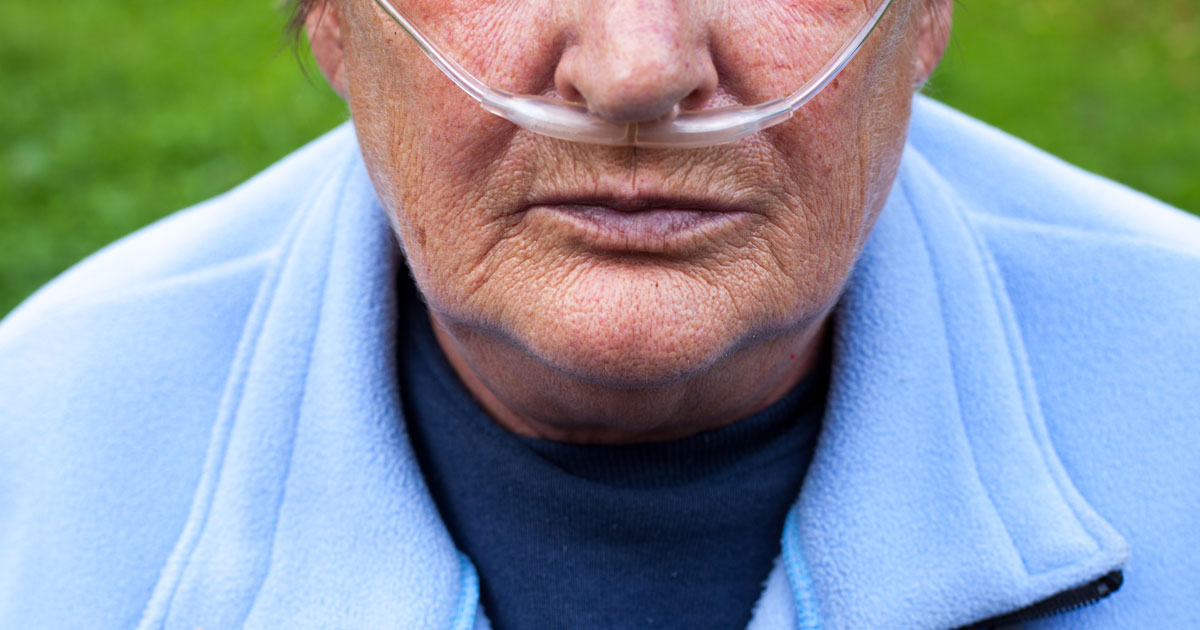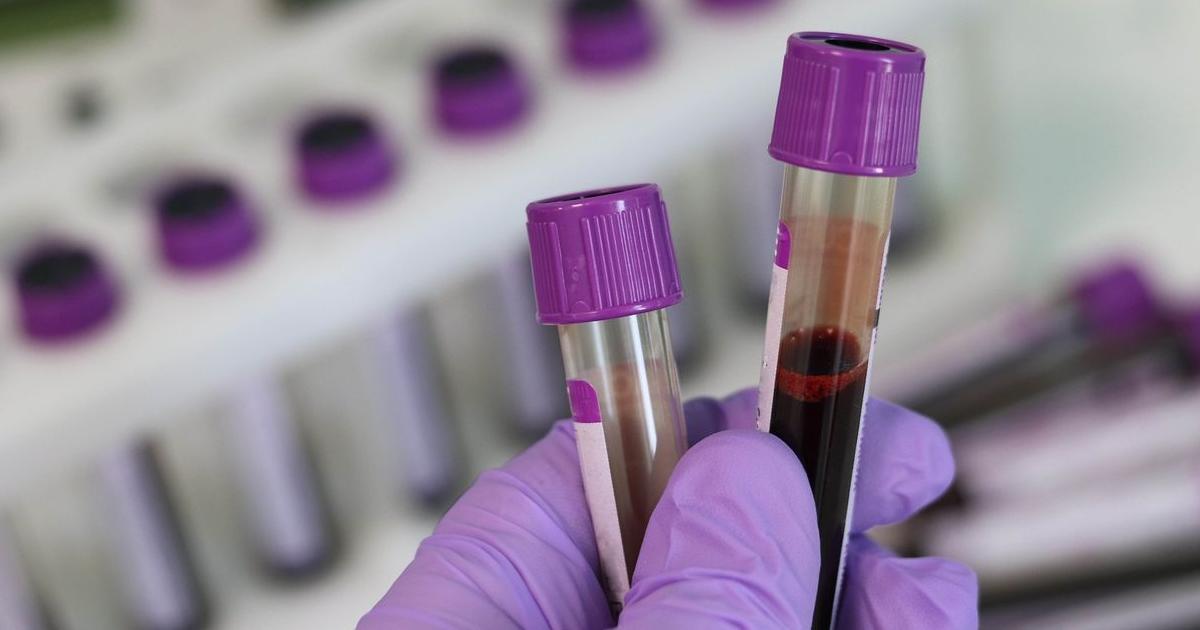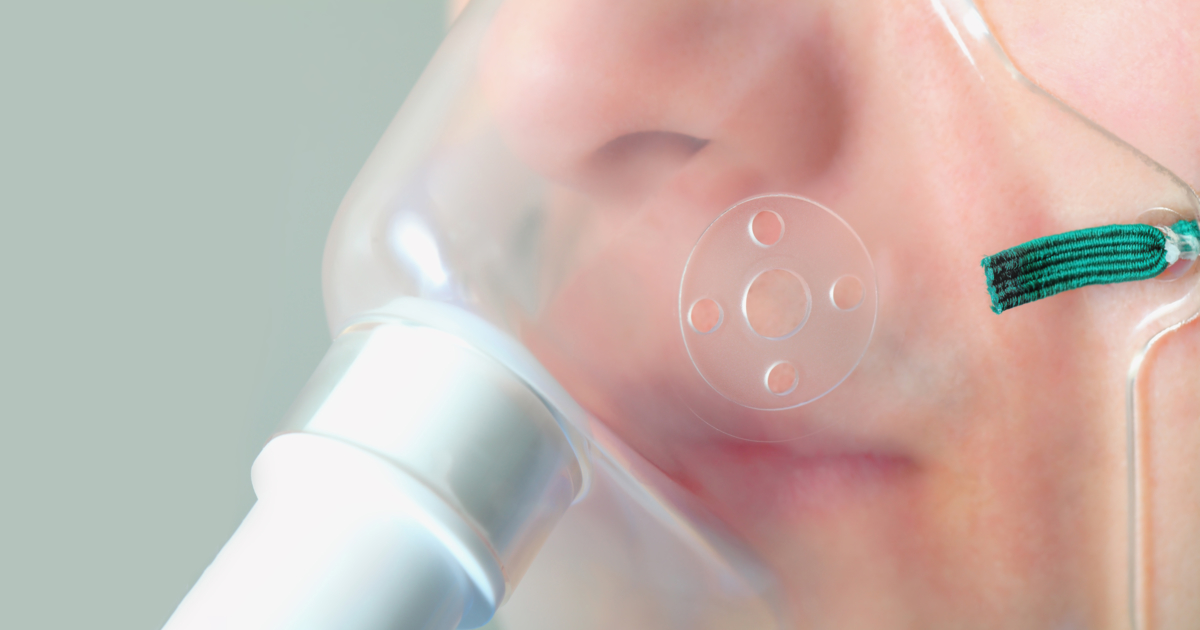Botulism 101: Types, Causes, Symptoms, Complications, Treatment, And Prevention
Botulism is a rare yet serious illness resulting in paralysis that requires immediate emergency care. It is caused by a nerve toxin produced by the Clostridium botulinum, Clostridium butyricum, and Clostridium baratii bacterium. Once contracted, paralysis begins in the face and travels to the limbs. Respiratory failure can result if it reaches the lung muscles. Botulism has been fatal in the past, but advanced treatments are now available to improve conditions. It is often caused accidentally at home.
Definition

According to notes from the Centers for Disease Control and Prevention, “Botulism is a severe, potentially fatal neuroparalytic illness. A single case is a public health emergency because it can signal an outbreak.†The United States saw the biggest outbreak of botulism in nearly forty years when improperly home-canned potatoes were brought to a church potluck in Ohio and infected twenty-nine individuals in 2015. The confirmed preparation method was a boiling water canner, which does not kill the bacterium responsible for botulism, whereas using a pressure canner does.
Infant Botulism

Infant botulism occurs when a baby ingests the bacteria or their spores, and it grows in the gut. Honey has been shown to be a carrier in approximately twenty percent of cases; therefore, it is recommended that infants under twelve months old do not ingest it. Many cases of infant botulism are hard to prevent because the bacteria can also be found in dust and soil as well as on carpet, floors, and countertops in the home even after cleaning where infants can quickly pick it up. Colonization may occur because a baby’s intestinal flora has not been fully established and cannot defend itself.
Foodborne Botulism

Botulism is not spread from person to person. Instead, this conditions develops due to individuals eating food contaminated with the bacteria. The bacteria form spores, which are small, single-cell bodies that germinate and grow in new organisms. Inadequately home-canned foods that contain low acid content, such as beets, corns, potatoes, green beans, and asparagus, are the most at risk for contamination and thus, the development of foodborne botulism. Foods that have not been pasteurized or are lightly preserved such as salted, fermented, and smoked meat and fish may also be risky.
Wound Botulism

Wound botulism occurs when bacteria finds its way into an open wound and reproduces. It can result from contamination of wounds by gravel, soil, or improperly cared for open fractures. Injected street drugs also cause wound botulism. A 2007 study found injection drug users are at a high risk of frequent and severe cases of wound botulism. Almost all cases of injection drug-associated botulism are users of a type of heroin known as 'black tar,' which is a specific preparation of heroin injected by 'skin-popping.'
Adult Intestinal Colonization Botulism

Adult intestinal colonization botulism is similar to infant botulism; however, the disease targets older children and adults with bowel disorders such as ulcerative colitis and other conditions where there is widespread disruption to gut bacteria, as well as those who have had intestinal bypass surgeries. It occurs when the bacteria is ingested and grows in the digestive tract. According to a study published in Oxford Academic, “patients of adult intestinal colonization botulism have some anatomical or functional bowel abnormality or are using antimicrobials, which may permit protection of normally fastidious Clostridia species.â€
Iatrogenic Botulism

Iatrogenic botulism occurs in those who overdose on the botulism toxin Botox, which develops similarly to the way injectable drug users contract the disease. Botox is used for cosmetic or therapeutic purposes to reduce the appearance of aging. Standard doses of botox injections recommended for cosmetic treatment are too weak to cause botulism to develop; however, higher than normal amounts injected for muscle movement treatment may cause symptoms to appear. One study found four patients who received an injection from an unlicensed, highly concentrated form of botox toxin caused severe botulism.
Inhalational Botulism

Inhalational botulism is not a normally occurring disease, and thus, it is a rarer form of botulism. Research shows it was once described by a group of German laboratory workers in 1962 who experienced symptoms similar to foodborne botulism by inhaling an aerosol botulinum toxin, which may have produced an outbreak of botulism. The Illinois Department of Public Health stated inhalational botulism might occur when the pure form of the bacteria or toxin is inhaled into the lungs, where it may cause respiratory paralysis or spread to other areas of the body.
Symptoms

The signs and symptoms of botulism depend on the type. Foodborne illness may result in nausea, diarrhea, vomiting, weakness, and difficulty breathing. Symptoms may occur anywhere from three hours to eight days after eating the contaminated food. Wound botulism affects the nerves connecting the spine to the brain and may cause neurological symptoms such as blurry vision, impaired speech, facial weakness, dry mouth, and eventually paralysis. Infant botulism symptoms may include constipation, poor feeding, bad temper, flat facial expression, and respiratory problems.
Diagnosis

A lab result is needed to confirm the presence of botulism. Infant botulism is determined by testing a stool or enema specimen. Diagnostic tests for other types of botulism include a brain scan, examination of cerebrospinal fluid, electromyography, and an edrophonium chloride test for myasthenia gravis. As some of the symptoms of botulism are similar to other conditions, a medical professional may use multiple tests to rule out other conditions, particularly if they are considered more common than botulism, which they often are. In some cases, a blood test may be used to determine very acute cases of botulism.
Treatment

If a medical professional suspects infant botulism, the baby may be treated immediately without confirmation of the test results. Immediate hospitalization is required in most cases. Babies will be given Botulism Immune Globulin Intravenous-Human, also known as BIG-V or BabyBIG. Adults with respiratory problems will be put on a ventilator along with intensive nursing to improve paralysis. Any patient doctors suspect may be suffering from botulism will typically be given injections of antitoxins. Patients with wound botulism will be prescribed antibiotics and the area surrounding the wound will be removed.
Antitoxin for Treatment

Using antitoxin for treatment of botulism should only be done under the supervision of a doctor. There are many risks associated with this form of treatment, each of which needs to be discussed and weighed with a knowledgeable medical opinion. Antitoxin treatment can cause patients with certain allergies to go into shock, so patients should be sure to first review any allergies they might have, especially to certain foods, dyes, and preservatives. Safety has also not been concretely established for pediatric and geriatric use. Women who are pregnant or breastfeeding also need to be extremely careful when proceeding with this treatment. Although antitoxins are effective in treating botulism, they have also been shown to produce some common side effects, such as headache, hives, nausea, rash, itching or reddening of the skin, and welts. Chills, fever, and discomfort in the throat are less common, but possible. More severe side effects include disruptions in blood pressure and heart rate, among many others.
Complications Of Botulism

Because the botulinum toxin affects and disrupts muscle control throughout the body, it can cause a variety of complications. The most notorious and immediate danger is the inability to breathe, which can lead to death in botulism cases. Some other complications of botulism include having difficulty swallowing, slurred or disrupted speech, long-lasting weakness, and shortness of breath. Each of these can reach an intensity that requires physical rehabilitation.
With proper and swift treatment, an individual can certainly recover from botulism. One's susceptibility to complications will vary on the individual as well as the severity of the case. Those who experience a mild case can recover in a few weeks, whereas severe cases can take months or even years to recuperate from. When the illness is not properly treated, botulism is life-threatening, but around ninety percent of patients respond positively to treatment.
How To Prevent Botulism From Food

Foodborne botulism is the most commonly experienced type of botulism. Harmful bacteria live and thrive in environments with little oxygen, which is where they produce the harmful toxin that characterizes the sickness. When an individual is afflicted, symptoms will typically begin to present between twelve to thirty-six hours after consumption of the toxin and last anywhere from a few hours to a few days. Learning how to prevent botulism from food is one of the most effective ways of reducing one's risk of becoming ill. The first and foremost consideration is to learn proper canning techniques when doing so at home. Pressure-cooking foods to be canned for twenty to one hundred minutes ensures the botulism germs in food are destroyed. Boiling also kills germs. Never eat from a sealed container with a bulge in it or if the food smells spoiled. However, taste and smell don't always give away the presence of the bacterium, so be sure to follow the aforementioned tips as well.
Preventing Other Types of Botulism

As discussed, in addition to foodborne, botulism can occur due to a wound and in infants as well. Wound botulism occurs when the bacteria enter a wound and cause an infection that produces the toxin, whereas infant botulism can occur when the bacterial spores being to grow in the baby's weaker intestinal tract. All of them are dangerous and can be fatal, but there are also ways of preventing these types of botulism. Researchers and doctors recommend not giving honey- even if it is the slightest taste- to children under a year old, as it is known to carry a form of the bacteria. In order to prevent the toxin from being produced in a wound and spreading throughout the body, it's crucial to take proper care of any wound, regardless of how small. This means using disinfectants and antibacterials, cleaning the wound, and covering it as necessary. Furthermore, the bacteria can be spread via inhaled or intravenously injected street drugs, so these behaviors should be avoided.
